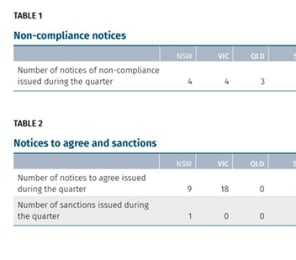The recent Federal Budget has faced criticism for delivering little in the way of measures to support women – now the country’s peak body for women has released independent modelling that shows boosting funding to the care sector would deliver huge economic and social benefits.
The National Foundation for Australian Women (NFAW) commissioned the independent analysis by the Centre of Policy Studies to identify the effect of investment in the care sector including aged care, disability and childcare – currently some of the lowest paid workers in the country.
With over 900,000 Australians who currently provide unpaid care to the elderly, disabled, or children aged under five reporting that they would like to work more hours in paid employment, the modelling found that providing the additional funding for these workers to work an extra 10 hours a week in paid employment would have a significant economic payoff.
The increased labour market participation would stimulate the whole economy, with the greater revenue offsetting the cost to the Government – which would be less than 20% of the direct cost of the additional service delivery when the policy was fully implemented.
Alternatively, this cost could be offset completely by a small decrease in spending on infrastructure.
Labour input would be increased by over 2%, with the modelling estimating that annual GDP per person would be $1,270 higher, or more than $30 billion a year in aggregate.
Average incomes of both women and men would also be higher, though women’s income would be higher by a greater margin.
NFAW’s Chair, Social Policy Committee Professor Helen Hodgson, says the findings confirm that the increased funding would have a tri-fold benefit.
“Investing in the care economy works three ways: it increases labour market participation, improves employment conditions for carers, and, importantly, it addresses female economic disadvantage by reducing the wage gap,” she said.
“The care sector can no longer be ignored. Funding the care sector is critical to increasing female workforce participation and to improve employment conditions for workers in the care sector.”
The benefits appear considerable for the size of the investment.
Could it be a viable option to provide the workforce that will be needed to build Australia’s aged care workforce?










